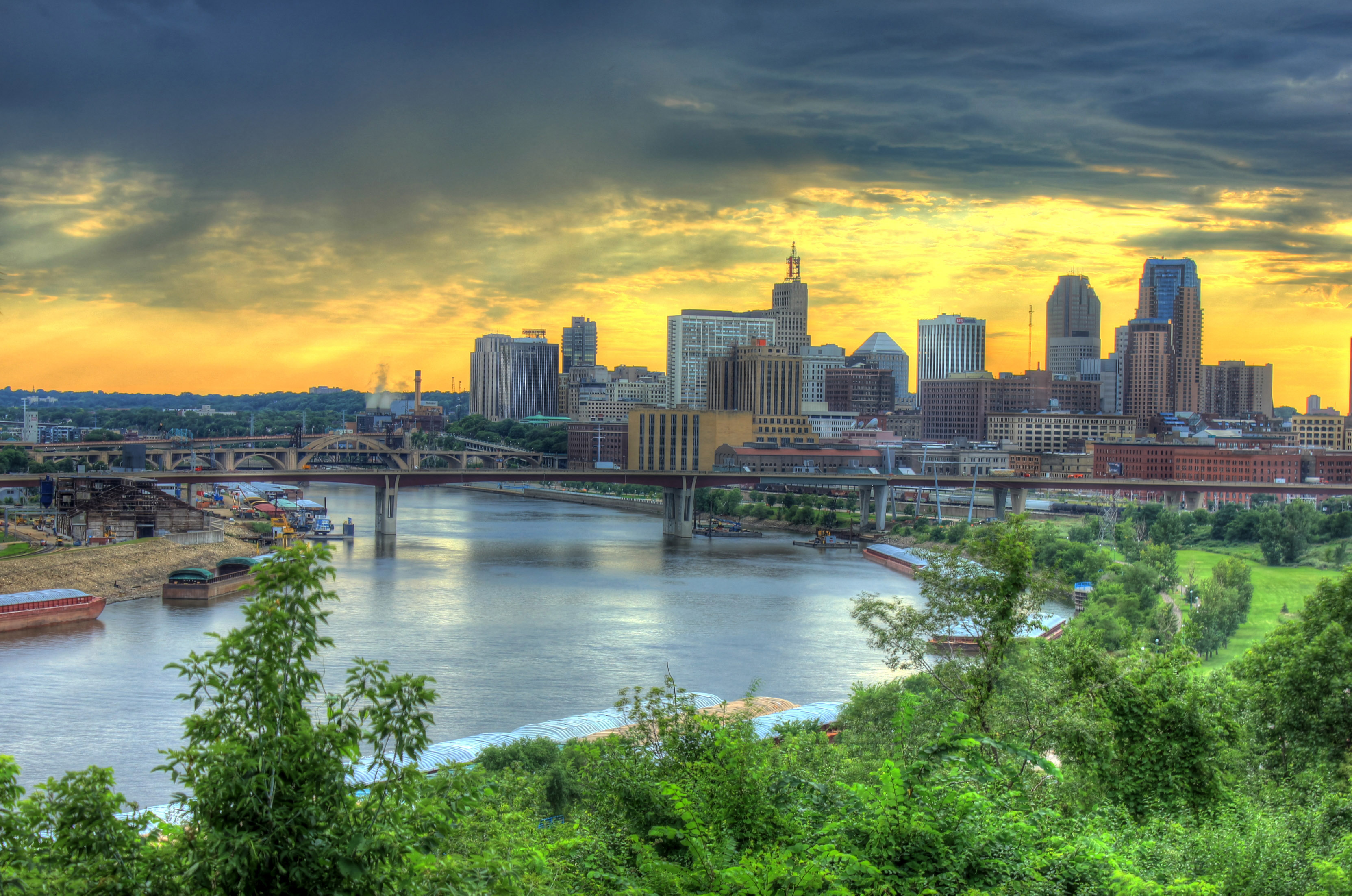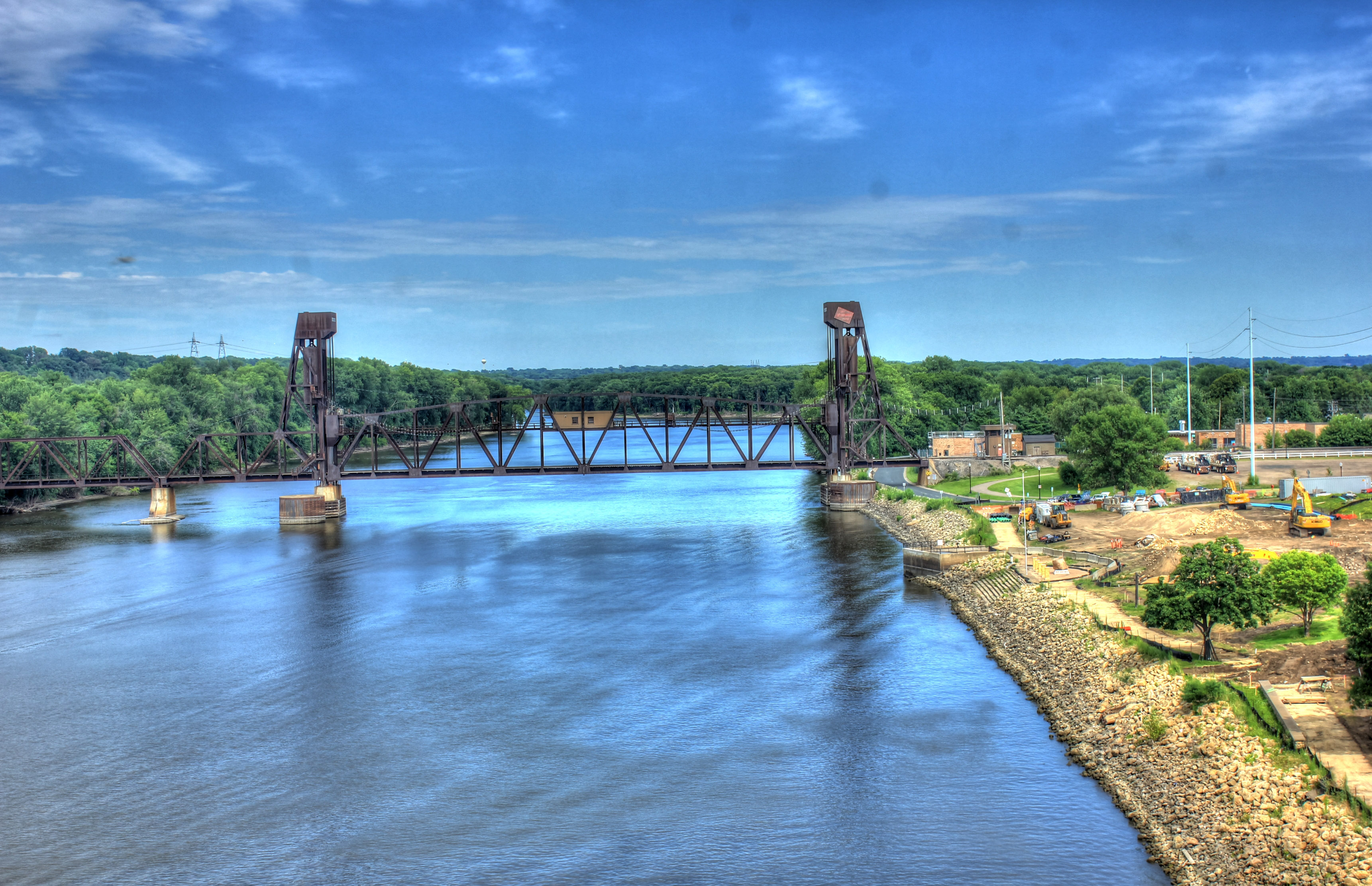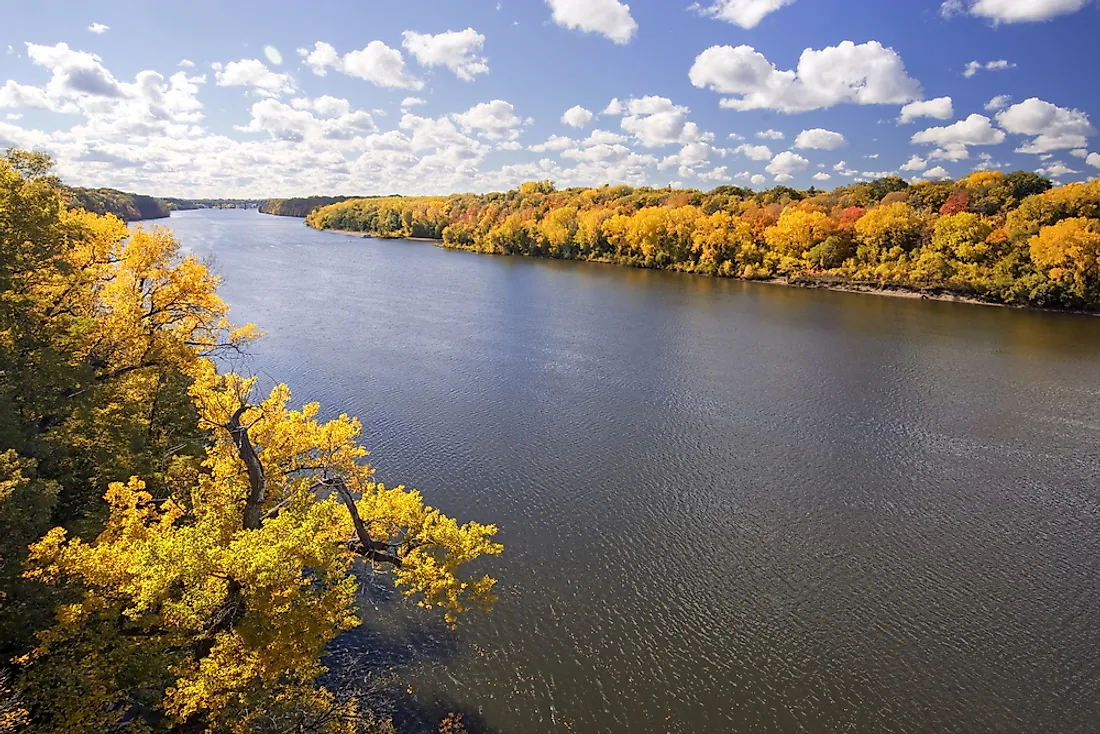Historical Significance of the Minnesota River

The Minnesota River, the largest tributary of the Mississippi River, holds a rich and diverse historical significance that spans centuries. It has been a vital waterway for Native American tribes, a catalyst for European exploration and settlement, and the backdrop for numerous historical events that shaped the region’s identity.
The Minnesota River, a tributary of the Mississippi River, meanders through the heart of Minnesota. Its waters nourish fertile lands, supporting a vibrant ecosystem. The Minnesota River holds historical significance, serving as a transportation route for Native Americans and early settlers.
Today, it remains an integral part of the region’s economy and environment.
Native American History and Culture
For thousands of years, the Minnesota River Valley was home to various Native American tribes, including the Dakota, Ojibwe, and Ho-Chunk. The river provided sustenance through fishing, hunting, and agriculture, and its banks served as gathering places for ceremonies, trade, and cultural exchange.
The Minnesota River, a winding waterway that carves its path through the heartland, has witnessed countless stories along its banks. One fateful day, a distant tragedy left an indelible mark on its waters. The Rapidan Dam Break sent a torrent of water surging through the river, reshaping its course and forever entwining its fate with that distant disaster.
European Exploration and Settlement
In the 17th century, French explorers, led by Daniel Greysolon, Sieur du Luth, became the first Europeans to navigate the Minnesota River. Their explorations paved the way for fur traders and missionaries, who established trading posts and missions along the river’s course. By the mid-19th century, European settlers began to arrive in large numbers, transforming the river valley into a hub of agriculture and commerce.
The Minnesota River, a majestic waterway meandering through the heart of Minnesota, holds a special significance for Blue Earth County. Its fertile banks have nurtured the county’s agricultural heritage, providing sustenance to generations. The river’s gentle currents carry tales of pioneers, settlers, and the vibrant communities that have flourished along its shores.
Major Historical Events
- 1851: The Treaty of Traverse des Sioux was signed, ceding vast tracts of Dakota land to the United States government, leading to tensions and the Dakota War of 1862.
- 1862: The Dakota War, a bloody conflict between the Dakota and European settlers, resulted in the expulsion of the Dakota from their traditional lands.
- 1865: Fort Snelling was established at the confluence of the Minnesota and Mississippi rivers, becoming a major military outpost and gateway to the West.
Ecological Importance of the Minnesota River

The Minnesota River, with its tributaries, forms a diverse and vital ecosystem that supports a wide range of plant and animal life. The river’s unique geography and water quality create a habitat for various species, including fish, birds, mammals, reptiles, and amphibians. The river’s ecosystem provides essential services such as water filtration, flood control, and nutrient cycling.
Diverse Flora and Fauna, Minnesota river
The Minnesota River supports a diverse array of plant life, including emergent vegetation, submergent vegetation, and floating plants. These plants provide food and shelter for various aquatic organisms and contribute to the river’s overall biodiversity. The river’s waters are home to over 70 fish species, including walleye, northern pike, and smallmouth bass. The river also supports a variety of bird species, including bald eagles, great blue herons, and kingfishers. Mammals such as beavers, muskrats, and mink depend on the river’s ecosystem for survival.
Challenges and Conservation Efforts
The Minnesota River’s ecosystem faces several challenges, including pollution, habitat loss, and climate change. Pollution from agricultural runoff, industrial discharge, and sewage treatment plants can degrade water quality and harm aquatic life. Habitat loss due to urbanization and land development can reduce the availability of spawning grounds and nesting sites for fish and birds. Climate change is also impacting the river’s ecosystem, leading to changes in water temperature, flow patterns, and ice cover.
Conservation efforts are underway to protect and restore the Minnesota River’s ecosystem. These efforts include reducing pollution, restoring degraded habitats, and implementing sustainable land management practices. The Minnesota River Basin Data Center monitors the river’s water quality and provides data to support conservation efforts. The Minnesota River Watershed Partnership brings together various stakeholders to work collaboratively on river restoration and protection projects.
Recreational Opportunities on the Minnesota River

The Minnesota River offers a wide range of recreational opportunities for people of all ages and interests. From fishing and boating to camping and hiking, there’s something for everyone to enjoy on this beautiful river.
-
Fishing
The Minnesota River is home to a variety of fish species, including walleye, northern pike, bass, and catfish. Fishing is allowed throughout the river, but there are some regulations in place to protect the fish population. For example, there are limits on the number of fish that can be caught and kept, and certain types of bait are not allowed.
-
Boating
The Minnesota River is a great place to go boating. The river is wide and slow-moving, making it ideal for canoeing, kayaking, and fishing. There are several boat launches located along the river, and there are also a number of marinas that offer boat rentals.
-
Camping
There are several campgrounds located along the Minnesota River. These campgrounds offer a variety of amenities, including picnic tables, fire rings, and restrooms. Camping is a great way to experience the beauty of the Minnesota River and to enjoy the outdoors.
-
Hiking
There are several hiking trails located along the Minnesota River. These trails offer a variety of scenery, from forests and prairies to wetlands and bluffs. Hiking is a great way to get some exercise and to enjoy the beauty of the Minnesota River.
The Minnesota River provides a variety of economic and social benefits to the communities along its banks. Recreation is one of the most important economic drivers for the region. The river attracts tourists from all over the state and country, who come to enjoy the fishing, boating, camping, and hiking opportunities. Recreation also provides jobs for local businesses, such as marinas, campgrounds, and restaurants.
In addition to its economic benefits, recreation on the Minnesota River also provides a number of social benefits. Recreation can help to improve physical and mental health, and it can also provide opportunities for people to connect with nature and with each other. Recreation can also help to build community pride and to create a sense of place.
The Minnesota River is a valuable resource for the communities along its banks. The river provides a variety of recreational opportunities that can be enjoyed by people of all ages and interests. Recreation on the river also provides a number of economic and social benefits to the region.
The Minnesota River, a meandering waterway tracing the heartland, witnessed a cataclysmic event in 1894 when the Rapidan Dam ruptured , unleashing a torrent of water that reshaped its course forever. The river’s once serene waters surged with destructive force, leaving behind a scarred landscape that bore witness to the power of nature’s fury.
As the river slowly reclaimed its banks, it carried with it the memory of that fateful day, a testament to the indomitable spirit of the land.
The Minnesota River, a majestic waterway meandering through the heart of the Midwest, holds a wealth of secrets. Among its many hidden gems is the enigmatic Rapidan Dam. Curious explorers seeking its whereabouts can embark on a journey to where is rapidan dam.
As the river’s currents whisper tales of its past, it invites us to unravel the mysteries that lie within its depths.